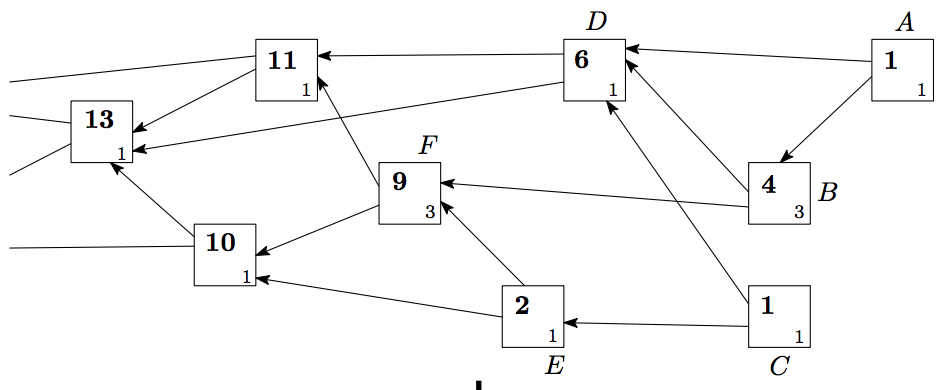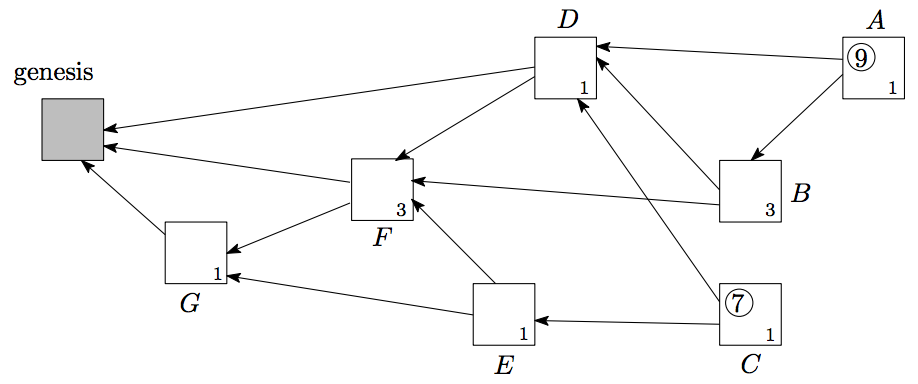systemctl disable systemd-networkd-wait-online.service systemctl mask systemd-networkd-wait-online.service
After disabling service will still start. Need to mask it
systemctl disable systemd-networkd-wait-online.service systemctl mask systemd-networkd-wait-online.service
PRE-PREPARE, PREPARE, and COMMIT. The system can tolerate at most of F faulty nodes in a N validator nodes network, where N = 3F + 1.
Before each round, the validators will pick one of them as the
proposer, by default, in a round robin fashion.PRE-PREPARE message.PRE-PREPARE message from the proposer, validators enter the state of PRE-PREPARED and then broadcast PREPARE message. This step is to make sure all validators are working on the same sequence and the same round.2F + 1 of PREPARE messages, the validator enters the state of PREPARED and then broadcasts COMMIT
message. This step is to inform its peers that it accepts the proposed
block and is going to insert the block to the chain.2F + 1 of COMMIT messages to enter COMMITTED state and then insert the block to the chain.

